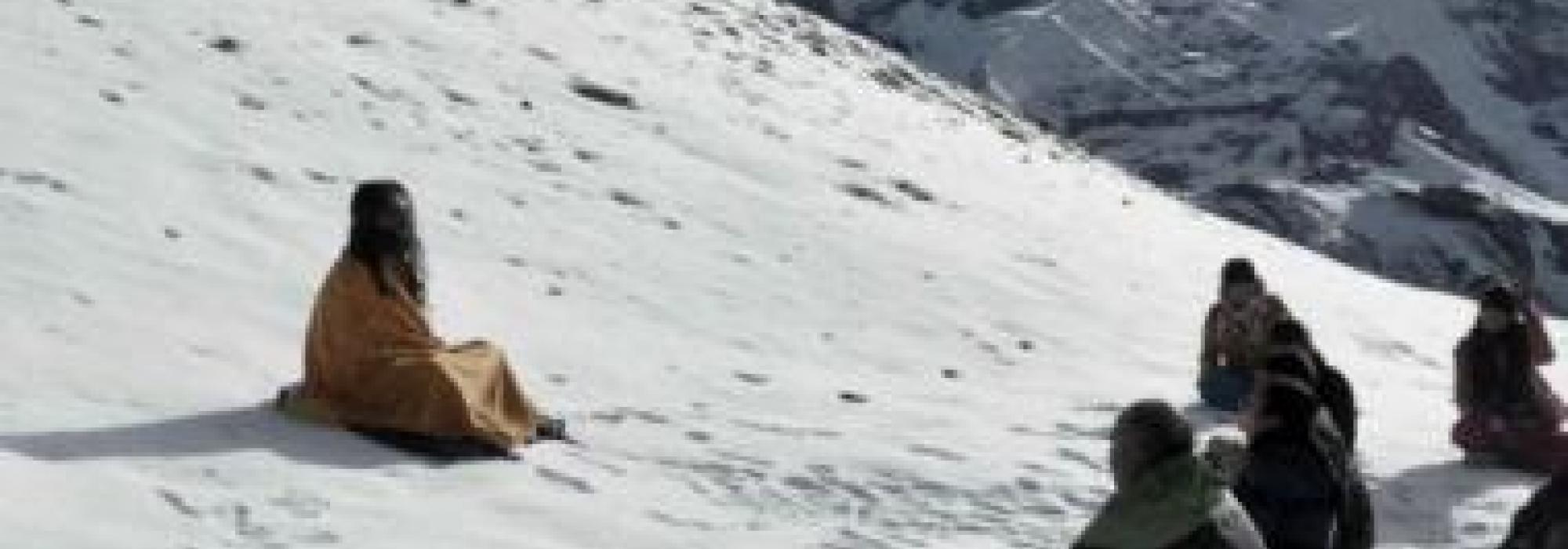India’s greatest gift to the world is perhaps Vedānta, the science of reality, which can be hailed as the crown-jewel among the various treasures that our unbroken tradition of over five thousand years has offered. In the wisdom-lineage of the ancient Hindu civilization, four great names that contributed to the siddhānta and the sādhanā—loosely the ‘science’ and the ‘practice’—of Vedānta are, in chronological order, the following: Yājñavalkya, the great ṛṣi; Kṛṣṇa, the Gītācārya; Śaṅkara, the philosopher-reformer; and Sri Satchidanandendra Saraswati, the scholar-saint. On average, we have one such genius in a millennium!
The following is a self-sufficient list of works that any sincere seeker of Vedānta must acquaint himself with—and understand in the light of his experience—if he wishes to reap the benefit of the ancient wisdom. The list is divided under four broad categories:
I. A Glimpse into Human Life and Emotions
Vedānta can be approached meaningfully only if the student is first capable of feeling intensely the realities of human life – “The pains the immortal spirit must endure. All weakness which impairs, all griefs which bow.” (Matthew Arnold) A life of intense activity is a sine qua non to acquire this feel; sensitizing our interiors with a meditative study of the great epics can greatly assist this process. The experience of an epic, like they say, is the experience of a lifetime. It will therefore be worthwhile to meditate upon the compositions of three great poets – Vālmīki, Vyāsa, and Shakespeare.
- The Ayodhya-kāṇḍa of the Rāmāyaṇa is a particularly fine segment of the great epic and must be read in full
- For a concise re-telling of the Mahābhārata, the Vacanabhārata (in Kannada) is a reliable source (The Essential Mahabharata is the English translation)
- Four great tragedies of the bard: Hamlet, Macbeth, King Lear, and Othello
II. Studying the Life of a Jīvanmukta
After having felt the crippling realities of jīvāvasthā, it becomes natural for the student to explore for ways to transcend it. “To be, or not to be,” becomes the question. The time is now ripe for him to turn towards the exalted lives of jīvanmuktas – lives that bring āstikya and śraddhā, hope and faith, in the possibility of such transcendence. The lives of greats like Ramana Maharishi and Ramakrishna Paramahamsa enliven before our mind’s eye the nityotsava and nityaśrī—the endless joy and celebration—that characterise the jīvanmuktāvasthā.
- The Gospel of Sri Ramakrishna by Mahendranath Gupta (M.) or its equivalent in other Indian languages, notably Vacana-vēda (in Kannada).
- Talks with Ramana Maharishi (or Be As You Are: The Teachings of Sri Ramana Maharshi)
III. Siddhānta, or the Science of Vedānta
Then comes the occasion to understand the rational basis of the jīvanmukta’s experience, technically called the ‘brāhmī sthithi.’ This is essential to enhance śraddhā and, as importantly, to avoid the dangerous pitfalls of mysticism. No other book brings this understanding better than Sri Satchidanandendra Saraswati’s magnum opus in Kannada. This masterpiece includes all the notable ideas of Śaṅkara as well as the primary teachings of the Upaniṣads.
- ಪರಮಾರ್ಥ ಚಿಂತಾಮಣಿ (Part 1 and Part 2) by Sri Satchidanandendra Saraswati (Translated into English as The Magic Jewel of Intuition by D B Gangolli)
IV. Sādhanā, or the Practice of Vedānta
Finally, the philosophical implication of the science of Vedānta is to be understood by the student, and for this purpose, it is essential to realize the importance of:
i. svakarma (work that is aligned to one’s temperament)
ii. paramātma-cintanā (meditation upon the Supreme)
iii. vibhūti and rasa (magnificence of the cosmos and aesthetic joy)
D V Gundappa’s classic commentary on the Gītā serves as a wonderful aid to understand the idea of svadharma (karma-yoga). Dr. Ganesh’s remarkable monograph gives insights into the ritualistic meditation on the self (jñāna-yoga). DVG’s booklet on culture will help the student grasp the vital importance of aesthetic experience in cultivating our interiors (vibhūti/bhakti-yoga).
- ಶ್ರೀಮದ್ಭಗವದ್ಗೀತಾ ತಾತ್ಪರ್ಯ ಅಥವಾ ಜೀವನಧರ್ಮಯೋಗ by D V Gundappa
- ಸಂಧ್ಯಾದರ್ಶನ by Śatāvadhāni R Ganesh
- ಸಂಸ್ಕೃತಿ by D V Gundappa (Translated into English as Samskriti (Culture) by S Ramaswamy)
In addition to the above, the student would do well to study three important passages from the Upaniṣads: Yājñavalkya-Maitreyī saṃvāda (Bṛhadāraṇyakopaniṣad, Chapter 2, Section 4), Satyakāma Jābāla prakaraṇa (Chāndogyopaniṣad, Chapter 4, Sections 4-9), and the Īśopaniṣad (verses 9-11).
This should suffice for serious students of Vedānta. Two other works – Art Experience by Prof. M Hiriyanna and Vedanta, or the Science of Reality by K A Krishnaswami Iyer are valuable without doubt, but not obligatory. The same, however, cannot be said of the above nine.
Traditionally, the study of Vedānta meant a thorough examination of the prasthāna-trayī – the principal Upaniṣads (Īśa, Kena, Kaṭha, Praśna, Muṇḍaka, Māṇḍūkya, Taittirīya, Aitareya, Chāndogya, and Bṛhadāraṇyaka), the Brahma-sūtra (of Bādarāyaṇa), and the Bhagavad-gītā. The present list contains all the relevant portions from these foundational treatises.
Om tat sat.
















































